JCK would be nowhere without the industry insiders who have helped the magazine along the way—by making the news, reading it in our pages, or both. So we asked 150 of them to join the dialogue about how the jewelry business has changed over the decades and the role we have played in that evolution. Here are the second 25.
•••
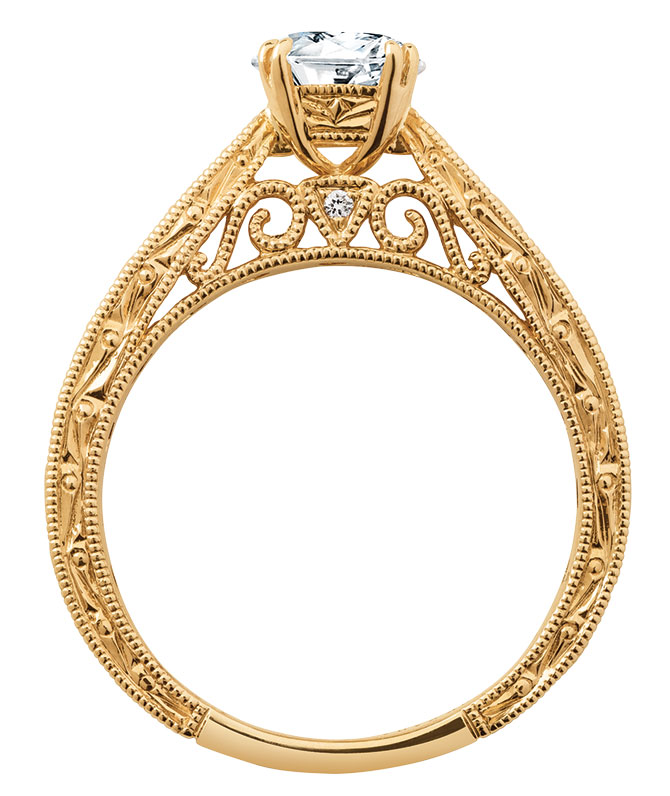
“This industry is both fast-moving and slow to change. One of the most important things is building connections. It is often difficult to find people looking for exactly what you’re offering. JCK has been invaluable in narrowing down this search and providing a great source of information for the trade.”
—KIRK KARAGUEZIAN, founder, Kirk Kara
•••
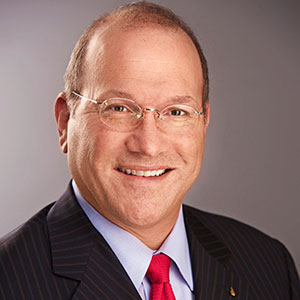 “JCK came with the industry’s best reputation, personnel, editors, and content. I had to work hard not to mess that up! When I went into the archives at GIA and had to wear white gloves to read the first-ever publication from the 1800s, I knew it was a credible magazine!”
“JCK came with the industry’s best reputation, personnel, editors, and content. I had to work hard not to mess that up! When I went into the archives at GIA and had to wear white gloves to read the first-ever publication from the 1800s, I knew it was a credible magazine!”
—DAVID BONAPARTE, president and CEO, Jewelers of America, and former JCK Events senior vice president
•••
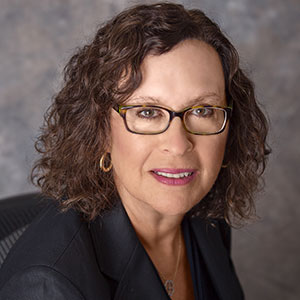 “The reporting at JCK is top-notch, and its reporters are dedicated to getting it right. They consistently endeavor to understand the often-complicated matters that the JVC addresses and report them accurately. I look forward to the next 150 years!”
“The reporting at JCK is top-notch, and its reporters are dedicated to getting it right. They consistently endeavor to understand the often-complicated matters that the JVC addresses and report them accurately. I look forward to the next 150 years!”
—CECILIA GARDNER, legal adviser and former Jewelers Vigilance Committee CEO
•••
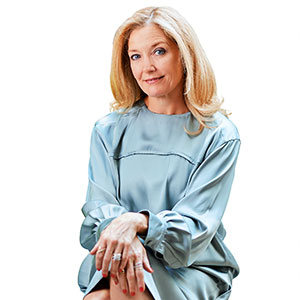 “My first job after college was at [ad agency] N.W. Ayer. By sheer luck I was assigned to the De Beers account. Thirty years later, I am even more passionate for the category. I’m excited for the evolution and change on the horizon. It will transform our businesses and the industry, and frankly I find it invigorating.”
“My first job after college was at [ad agency] N.W. Ayer. By sheer luck I was assigned to the De Beers account. Thirty years later, I am even more passionate for the category. I’m excited for the evolution and change on the horizon. It will transform our businesses and the industry, and frankly I find it invigorating.”
—CARYL CAPECI, president, Hearts On Fire
•••
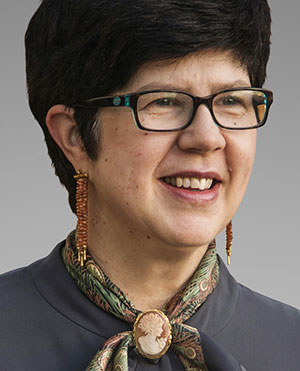 “When I started at JCK, the clatter of manual typewriters still rang through the halls, and we used scissors and glue to cut and paste paragraphs. My first beats—legal issues, security, and insurance—would put most editors to sleep. I loved them! One year, over 50 people were killed in jewelry store crimes—a number that has never been matched. Russ Shor, Bill Shuster, and I collected personal information on all 50. Those stories took months. I’m in awe I worked for a magazine that allowed us such luxury of time.”
“When I started at JCK, the clatter of manual typewriters still rang through the halls, and we used scissors and glue to cut and paste paragraphs. My first beats—legal issues, security, and insurance—would put most editors to sleep. I loved them! One year, over 50 people were killed in jewelry store crimes—a number that has never been matched. Russ Shor, Bill Shuster, and I collected personal information on all 50. Those stories took months. I’m in awe I worked for a magazine that allowed us such luxury of time.”
—PEGGY JO DONAHUE, freelance writer and former JCK editor-in-chief
•••
“I’ve been in jewelry my entire professional career, more than 18 years. As a college journalism graduate, I moved to New York to find a fashion-writing job. Thankfully, I happened upon an opening at National Jeweler magazine. I visited mines in South Africa and Tanzania and attended trade shows all over the world. It was truly an education.”
—RANDI MOLOFSKY, cofounder, For Future Reference, and JCK jewelry director
•••
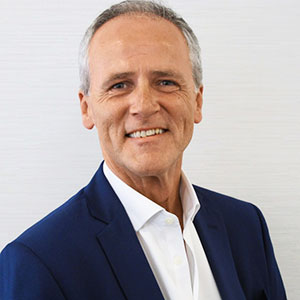 “I have had the privilege of working in this unique, amazing, and occasionally crazy industry for more than 40 years. My first impression of JCK was to be impressed. That hasn’t changed. When other media outlets lose their heads, lose the plot, or simply indulge in sensationalism, JCK has represented a dispassionate, professional, yet always entertaining source of information and views.”
“I have had the privilege of working in this unique, amazing, and occasionally crazy industry for more than 40 years. My first impression of JCK was to be impressed. That hasn’t changed. When other media outlets lose their heads, lose the plot, or simply indulge in sensationalism, JCK has represented a dispassionate, professional, yet always entertaining source of information and views.”
—ANDREW BONE, outgoing executive director, Responsible Jewellery Council
•••
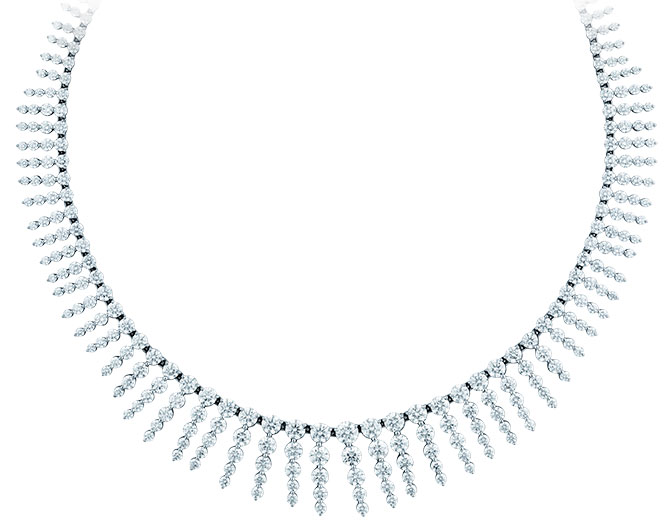
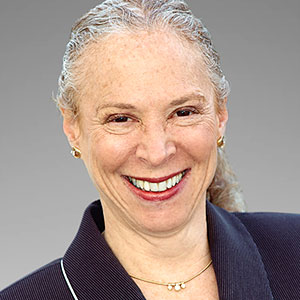 “I graduated college with a teaching degree and found no teaching positions open. An employment agency got me a job at Lazare Kaplan as a biller and typist. Bored, I started helping Leo Kaplan with marketing. Never in my wildest dreams would I have thought 45 years later I would still be at Lazare Kaplan, as vice president of marketing, but the job turned into a career. This industry is like no other. I have never looked back.”
“I graduated college with a teaching degree and found no teaching positions open. An employment agency got me a job at Lazare Kaplan as a biller and typist. Bored, I started helping Leo Kaplan with marketing. Never in my wildest dreams would I have thought 45 years later I would still be at Lazare Kaplan, as vice president of marketing, but the job turned into a career. This industry is like no other. I have never looked back.”
—MARCEE FEINBERG, vice president of marketing, Lazare Kaplan International Inc.
•••
“My wife, Judy, and I are on our 45th year in the industry. As the world gets smaller and more connected, it feels like every morning we wake up in a slightly different industry. Yet at the end of the day, the jewelry world still revolves around the same core: people and relationships.”
—STEVE PADIS, president, Padis Jewelry
•••
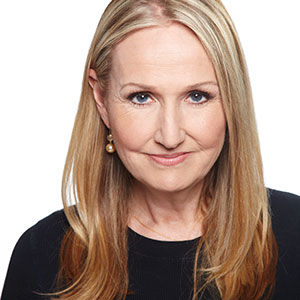 “The industry has consolidated and become more digital. We have to do more with less, pivot, and be flexible. But that’s not a bad thing: The whole world has changed, and if we want to stay relevant to consumers, we must move with them. If anything, we need to change more.”
“The industry has consolidated and become more digital. We have to do more with less, pivot, and be flexible. But that’s not a bad thing: The whole world has changed, and if we want to stay relevant to consumers, we must move with them. If anything, we need to change more.”
—SALLY MORRISON, chief marketing officer, Lightbox Jewelry
•••
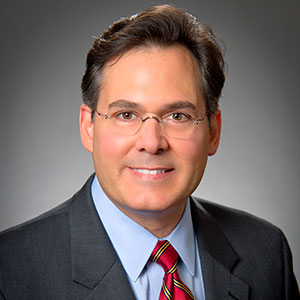 “My industry career began about 40 years ago as a sales associate at an independent jeweler. That enabled me to pay for college. I remember asking, ‘What does JCK mean, anyway?’ [JCK writer] Bill Shuster explained it to me: Jewelers was obvious; Circular was a parochial term for ‘newsletter’; Keystone was standard retail markup. I still never quite got how the three words complemented one another. But like all media, JCK has evolved and embraced the online world very effectively.”
“My industry career began about 40 years ago as a sales associate at an independent jeweler. That enabled me to pay for college. I remember asking, ‘What does JCK mean, anyway?’ [JCK writer] Bill Shuster explained it to me: Jewelers was obvious; Circular was a parochial term for ‘newsletter’; Keystone was standard retail markup. I still never quite got how the three words complemented one another. But like all media, JCK has evolved and embraced the online world very effectively.”
—DAVID BOUFFARD, vice president of corporate affairs, Signet Jewelers Ltd.
•••
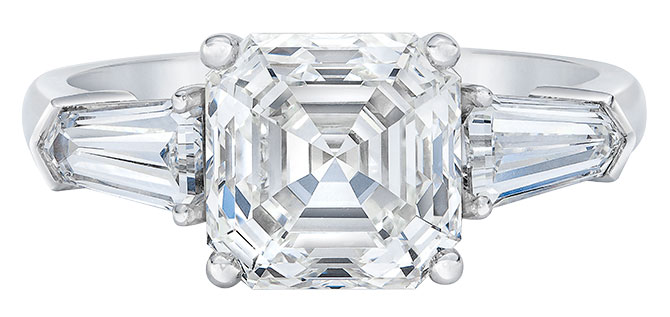
“The 2008 global financial crisis had a big effect on the industry and made it difficult to be successful. What changed dramatically is that small companies have no way of surviving without great partnerships. This led us to a complete change in strategy. What has positively influenced our business is that consumers are always looking for authentic brands and unique, beautiful products.”
—LITA ASSCHER, president, Royal Asscher of America
•••
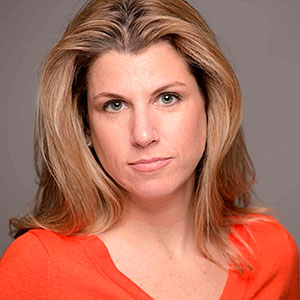 “The jewelry industry has evolved more than we give ourselves credit for. We need to better inform the world how far we’ve come. When exposés first appeared about blood diamonds, our industry came together like no other to curtail the problems the best we could. This made our industry reflect about the products we sell and begin programs to give back to the communities where we operate.”
“The jewelry industry has evolved more than we give ourselves credit for. We need to better inform the world how far we’ve come. When exposés first appeared about blood diamonds, our industry came together like no other to curtail the problems the best we could. This made our industry reflect about the products we sell and begin programs to give back to the communities where we operate.”
—BRANDEE DALLOW, founder, Fine Girl Luxury Brand Building & Communications
•••
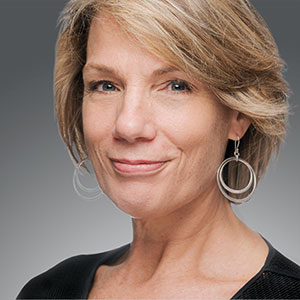 “JCK editors have been balanced in the way they report the news and don’t take easy answers to questions. This has led to a trust being developed; their take on a story is not fluff but real and thoughtful analysis.”
“JCK editors have been balanced in the way they report the news and don’t take easy answers to questions. This has led to a trust being developed; their take on a story is not fluff but real and thoughtful analysis.”
—NANCY OREM LYMAN, vice president and executive director, Diamond Empowerment Fund
•••
 “Thirty-five years ago, I saw an industry that was archaic, mostly not open to change, and happy to continue business as usual. Thirty-five years down the road, many still hold on to those ideas. The new marketplace is more dynamic than ever, and it is important to be innovative and constantly ahead of the game.”
“Thirty-five years ago, I saw an industry that was archaic, mostly not open to change, and happy to continue business as usual. Thirty-five years down the road, many still hold on to those ideas. The new marketplace is more dynamic than ever, and it is important to be innovative and constantly ahead of the game.”
—BRIAN GAVIN, owner, Brian Gavin Diamonds
•••
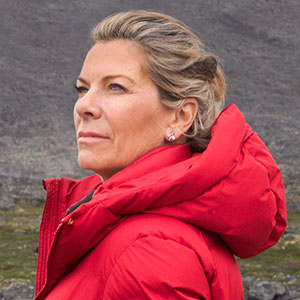 “In the last 10 years, consumers have evolved from wanting the same as their neighbor to wanting something that is different, unusual, rare, and unique. The consumer has more appreciation of jewelry as an art form rather than just an accessory.”
“In the last 10 years, consumers have evolved from wanting the same as their neighbor to wanting something that is different, unusual, rare, and unique. The consumer has more appreciation of jewelry as an art form rather than just an accessory.”
—HAYLEY HENNING, vice president of sales and marketing, Greenland Ruby
•••
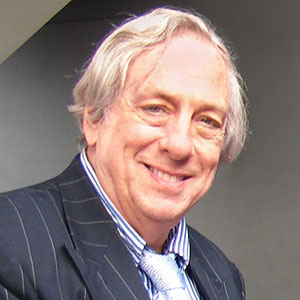 “When I started, I knew nothing about diamonds, except that they were expensive and sparkled a lot. JCK was my entry into this industry, and I felt at home from the first moment I visited 47th Street. JCK has allowed me to have incredible experiences all over the world—plus lifelong friendships with [former JCK staffers] Hedda Schupak, Robert Weldon, and Ettagale Blauer. How valuable is that?”
“When I started, I knew nothing about diamonds, except that they were expensive and sparkled a lot. JCK was my entry into this industry, and I felt at home from the first moment I visited 47th Street. JCK has allowed me to have incredible experiences all over the world—plus lifelong friendships with [former JCK staffers] Hedda Schupak, Robert Weldon, and Ettagale Blauer. How valuable is that?”
—RUSSELL SHOR, senior industry analyst, GIA, and former JCK senior editor
•••
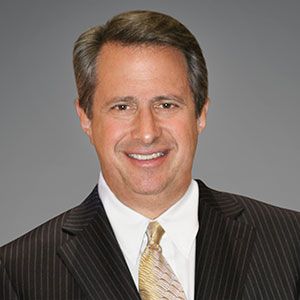 “When I entered the industry in 1976, unlike most of my peers, I didn’t grow up in a family jewelry business. At first, the knowledge required to develop a jewelry business was overwhelming. JCK was an important resource to provide insights across a very complicated landscape.”
“When I entered the industry in 1976, unlike most of my peers, I didn’t grow up in a family jewelry business. At first, the knowledge required to develop a jewelry business was overwhelming. JCK was an important resource to provide insights across a very complicated landscape.”
—MICHAEL POLLAK, founder and CEO, Hyde Park Jewelers
•••
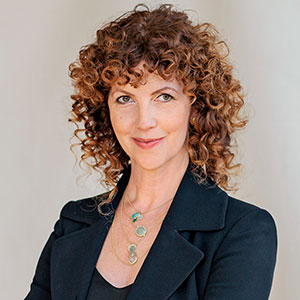 “JCK was the first trade magazine I subscribed to. It was the one I got when I took a brief hiatus from the business to have children. It became my lifeline to staying connected. Over time, my consumption of media has shifted from glossy, oversized magazines to mostly digital media. JCKonline provides what I want, when I need it—though I still like glossy magazines!”
“JCK was the first trade magazine I subscribed to. It was the one I got when I took a brief hiatus from the business to have children. It became my lifeline to staying connected. Over time, my consumption of media has shifted from glossy, oversized magazines to mostly digital media. JCKonline provides what I want, when I need it—though I still like glossy magazines!”
—MONICA STEPHENSON, founder, Anza Gems and iDazzle.com
•••
“My jewelry education began at JCK. I came in as a writer, not a gemologist or designer, but thanks to the magazine’s reputation, I could call anyone in the business and get an interview. When I started, the industry was very staid and stagnant. After I attended my first JA shows, I saw companies’ offerings didn’t change from year to year. The jewelry was even in the same position in the showcases.”
—ETTAGALE BLAUER, freelance writer and former JCK New York editor
•••
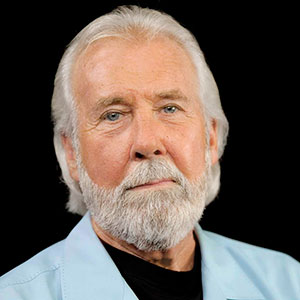 “I still have many JCK magazines from the ’40s and ’50s that had articles written about the work of my father [Carroll Chatham]. JCK was objective in its editorial reporting and became the standard of fairness. After all, no business lasts for 150 years if it’s not doing a good job!”
“I still have many JCK magazines from the ’40s and ’50s that had articles written about the work of my father [Carroll Chatham]. JCK was objective in its editorial reporting and became the standard of fairness. After all, no business lasts for 150 years if it’s not doing a good job!”
—TOM CHATHAM, CEO, Chatham Created Gems and Diamonds
•••
“The jewelry industry has shown continual, amazing resilience. We survived obstacles like the sixfold rise in gold prices, followed by a difficult recession. We now must deal with a challenging, knowledgeable consumer. The emphasis on brands and authentic storytelling, plus experiential purchases, is finally bringing marketing to an industry far
behind others.”
—MARK HANNA, chief marketing officer, Richline Group
•••
 “I have been in the colored gemstone business since 1973. At the time, there were not many gemstone dealers in New York City, and at 23, I was one of the youngest. As the industry grew, it changed. Memo replaced courage to buy. Certificates replaced knowledge, trade shows replaced relationships, arrogance replaced humility, treatments replaced conscience, auctions replaced illusion, and finally the internet replaced romance.”
“I have been in the colored gemstone business since 1973. At the time, there were not many gemstone dealers in New York City, and at 23, I was one of the youngest. As the industry grew, it changed. Memo replaced courage to buy. Certificates replaced knowledge, trade shows replaced relationships, arrogance replaced humility, treatments replaced conscience, auctions replaced illusion, and finally the internet replaced romance.”
—JOE MENZIE, owner, Joseph Menzie Inc.
•••
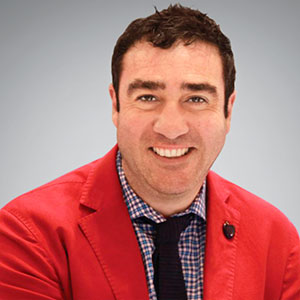 “I have officially been in the jewelry industry for 23 years, and unofficially since I was born. That’s the nature of a family business. So much has changed in the last two decades. JCK is always on the forefront of what is going on. A lot of magazines have come and gone. JCK continues to be a quintessential part of our industry.”
“I have officially been in the jewelry industry for 23 years, and unofficially since I was born. That’s the nature of a family business. So much has changed in the last two decades. JCK is always on the forefront of what is going on. A lot of magazines have come and gone. JCK continues to be a quintessential part of our industry.”
—PAUL TACORIAN, CEO, Tacori
•••
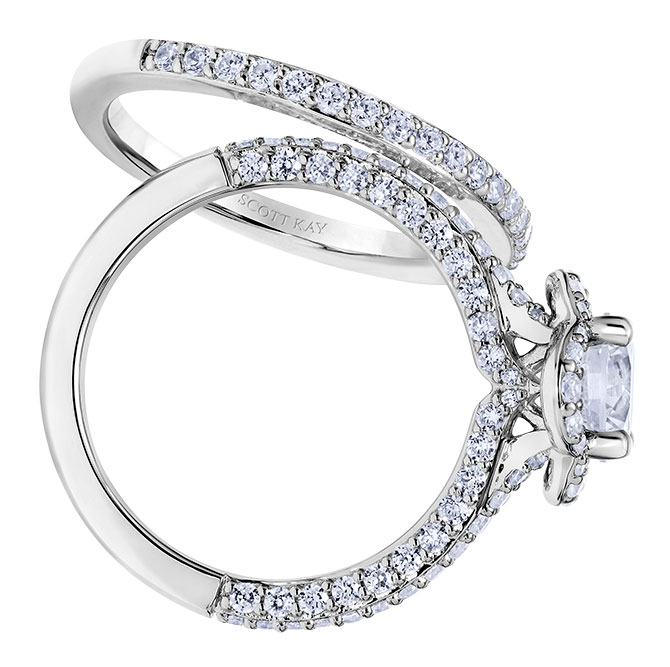
“My father [Frederick Goldman] was progressive and decided we needed three things to expand. One, we had to get our name out there. Two, we needed a WATS [800] line. And three, we needed our own sales force. One of our first JCK ads featured our customer service representative answering the phone. We promoted the 800 line in big block letters. Forty-five years later, we still have the same number.”
—JONATHAN GOLDMAN, CEO, Frederick Goldman